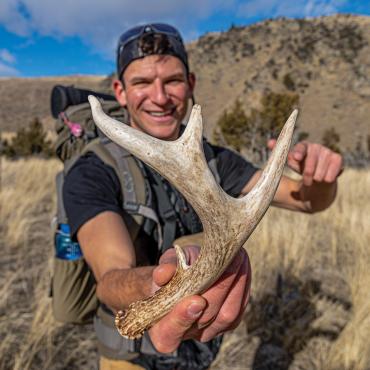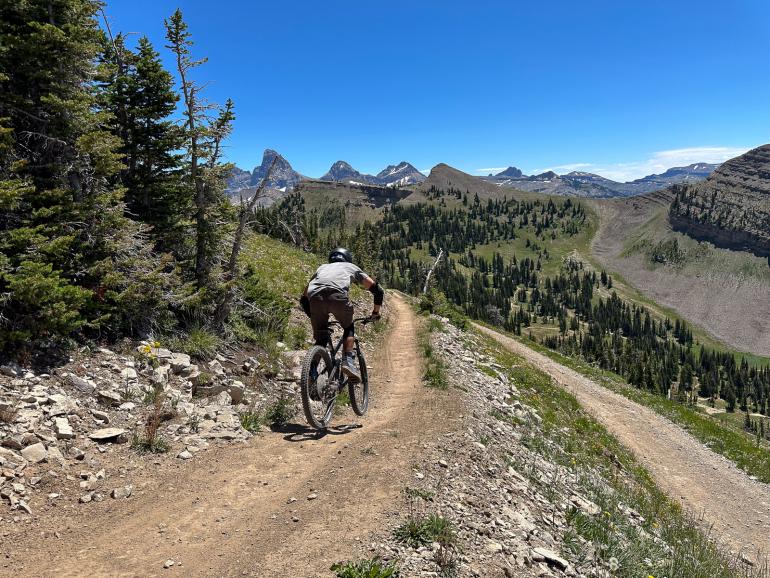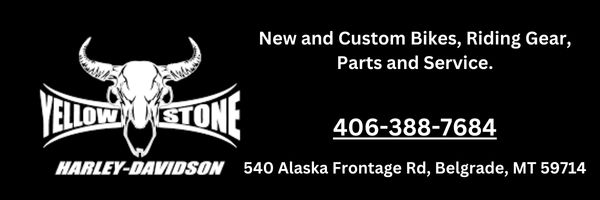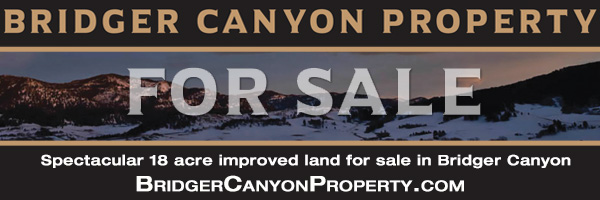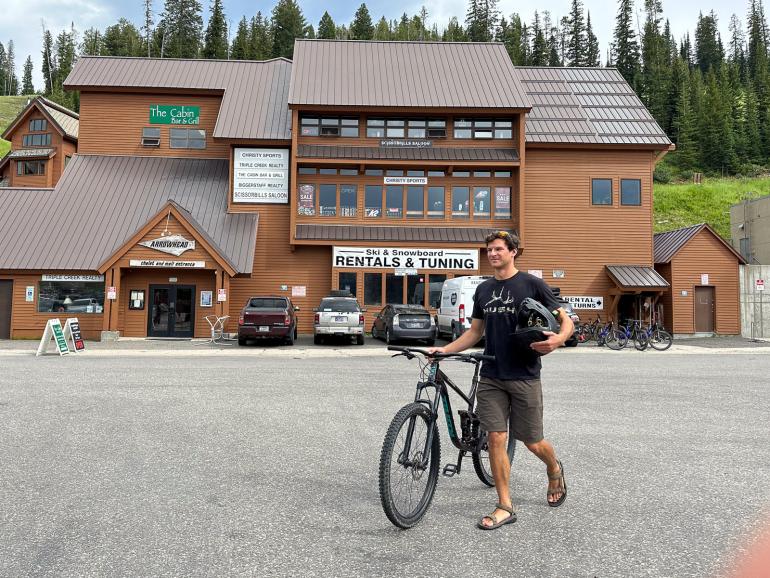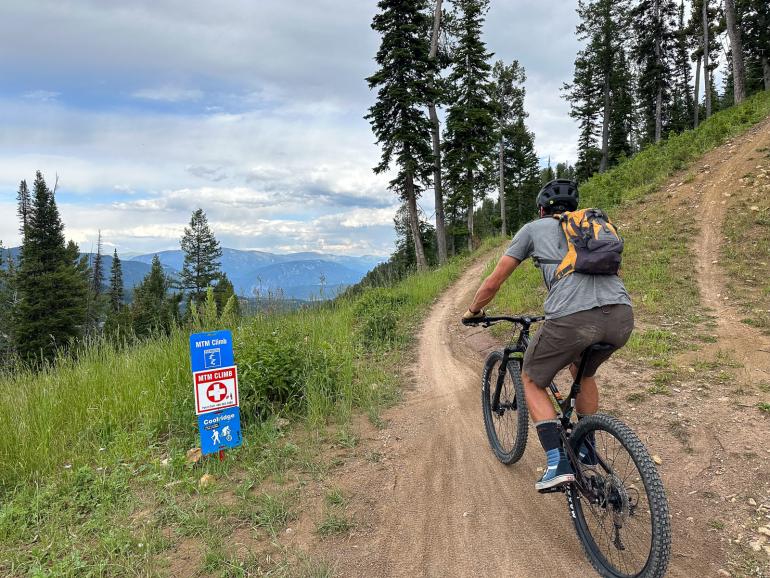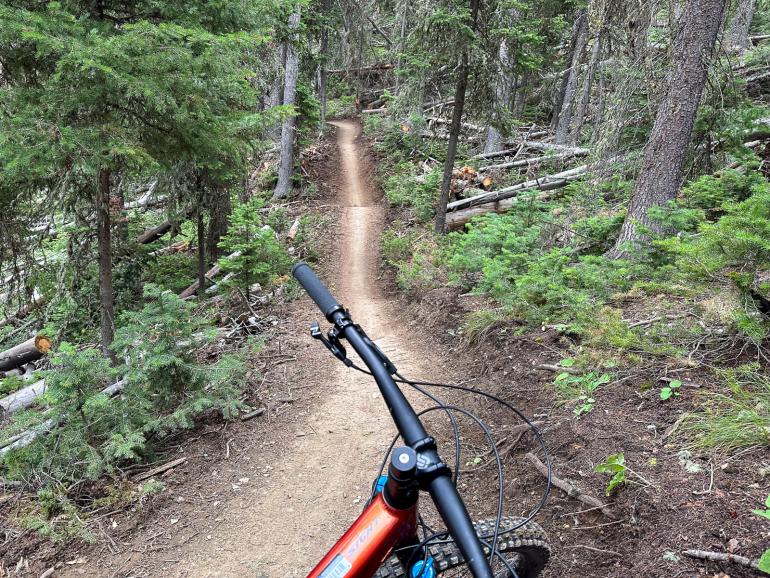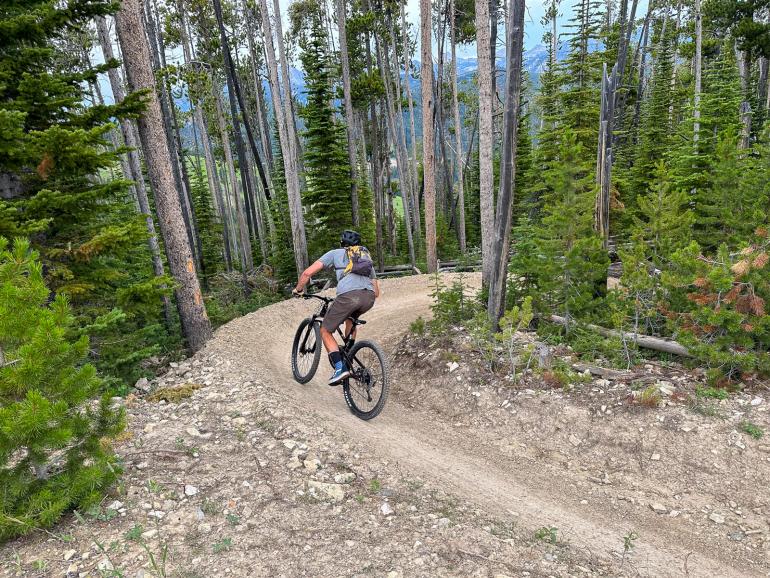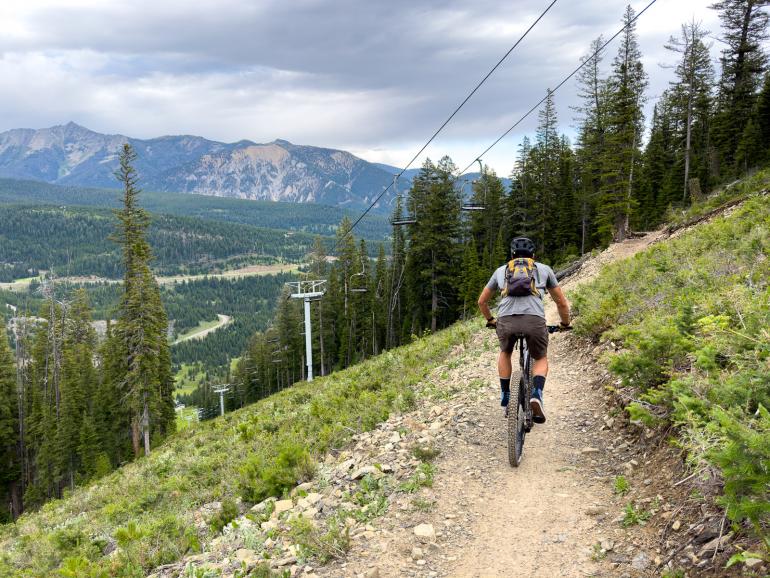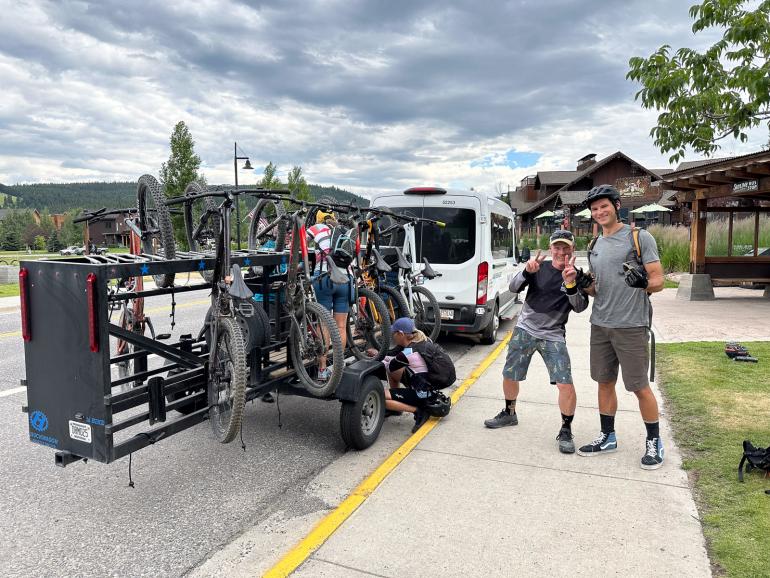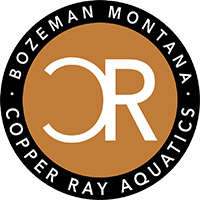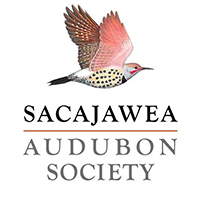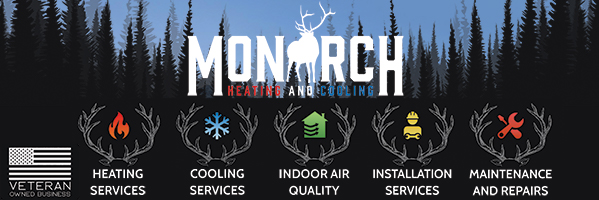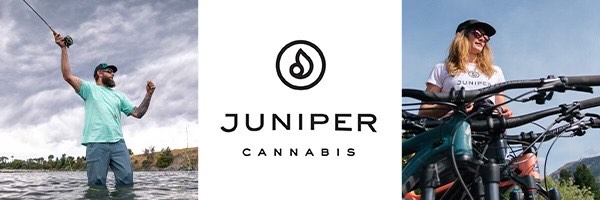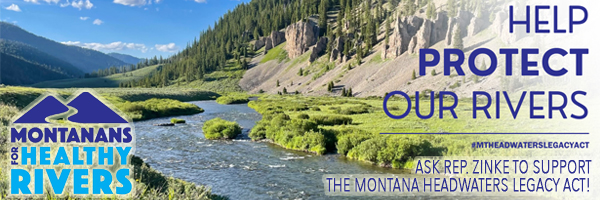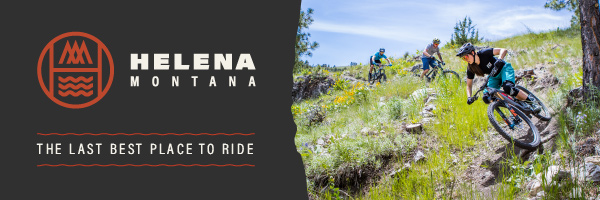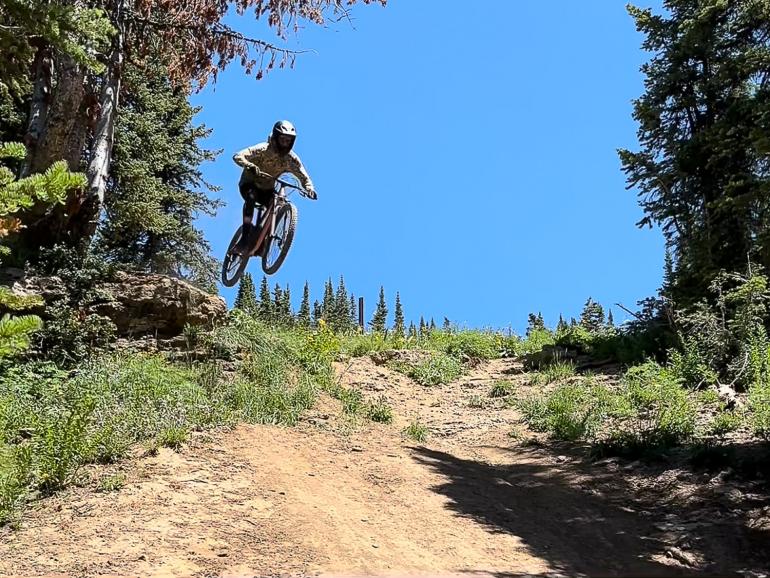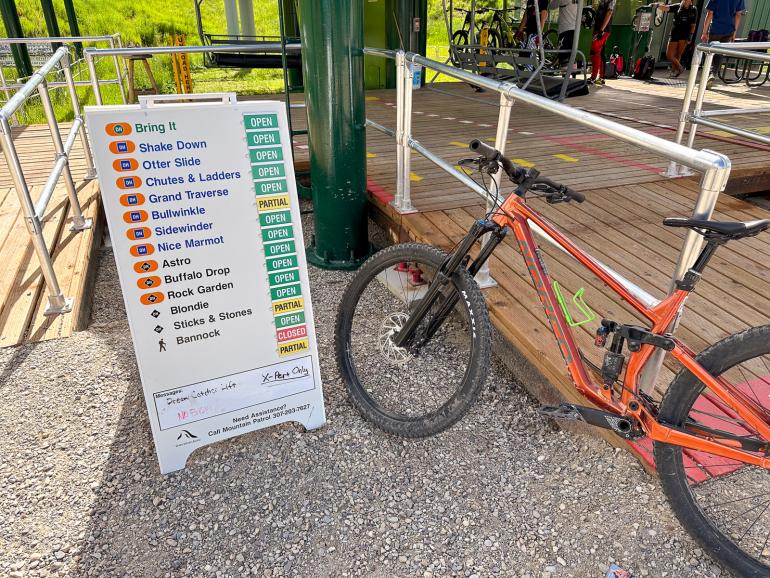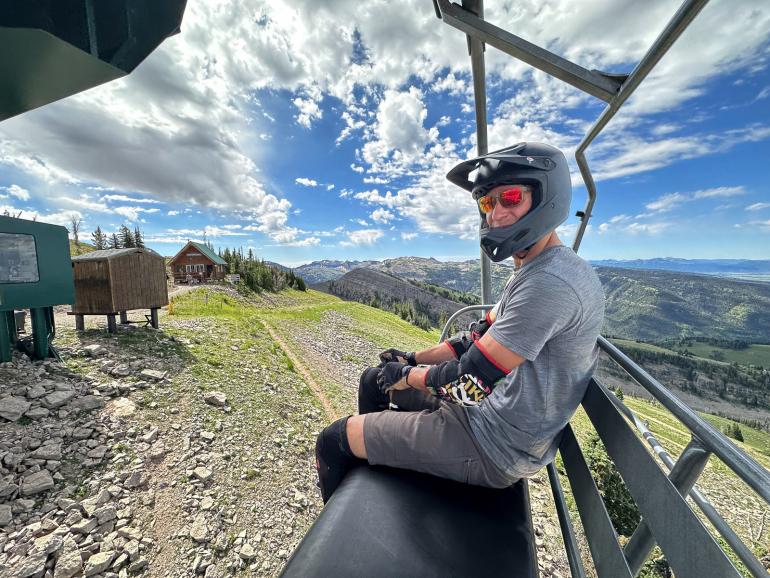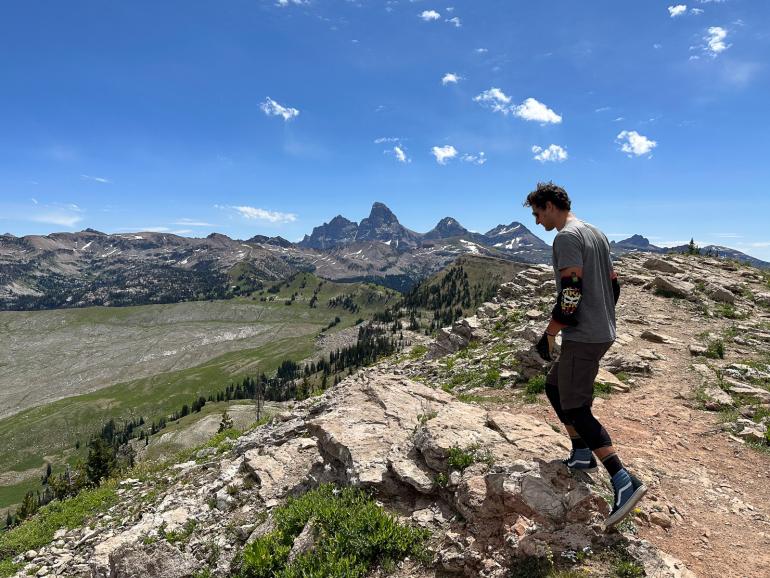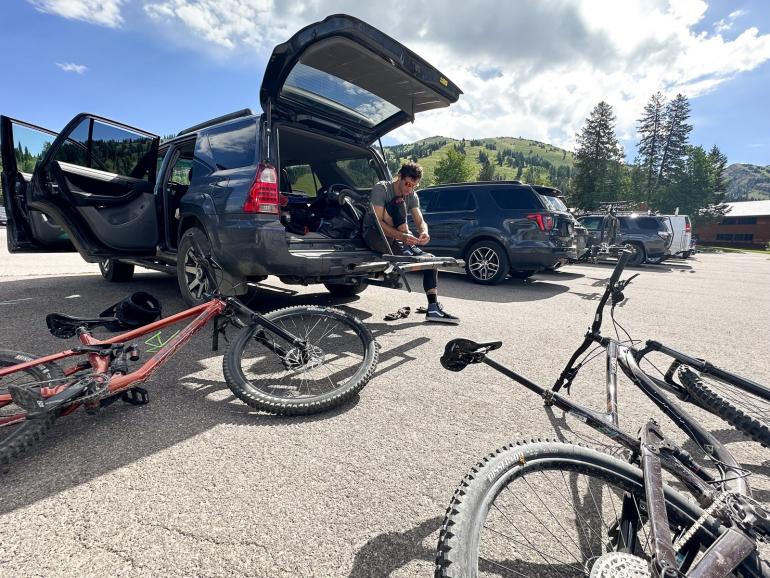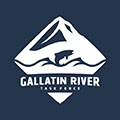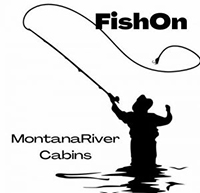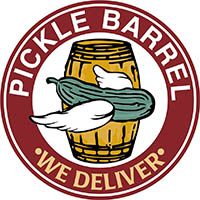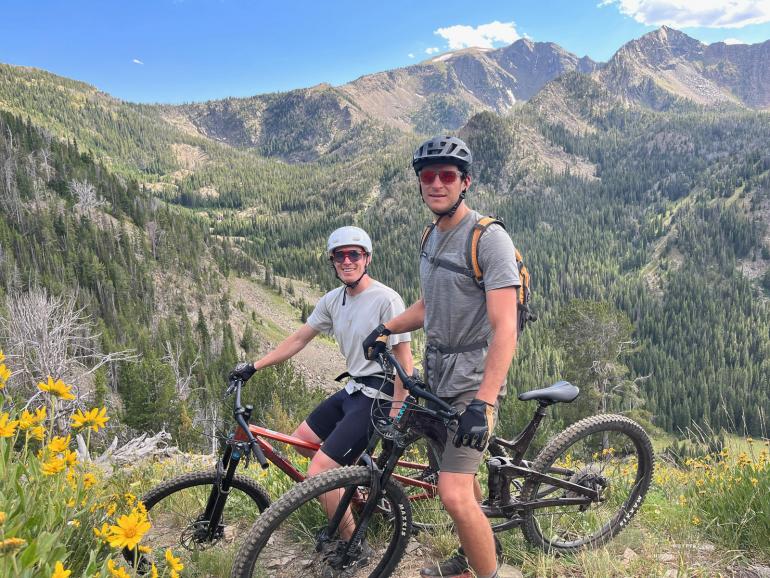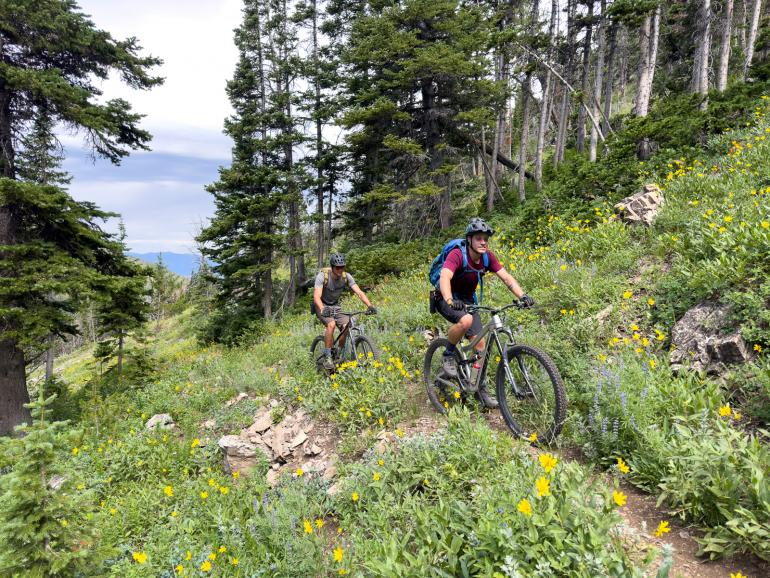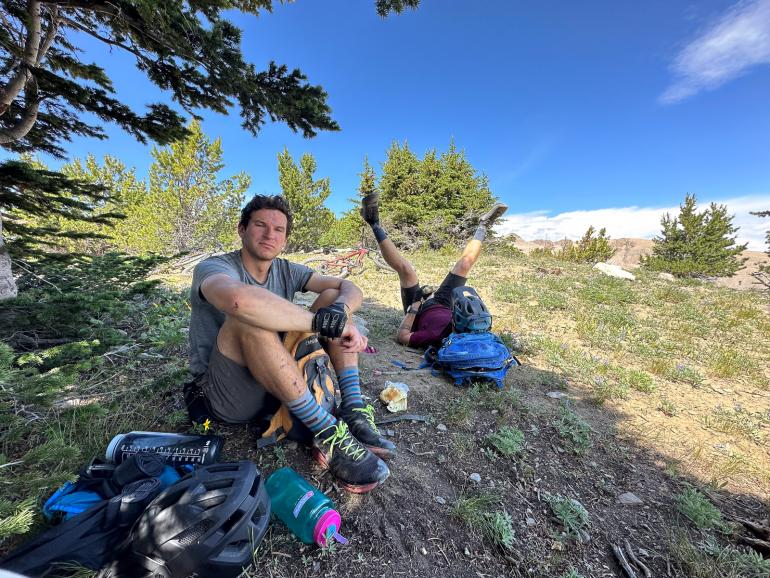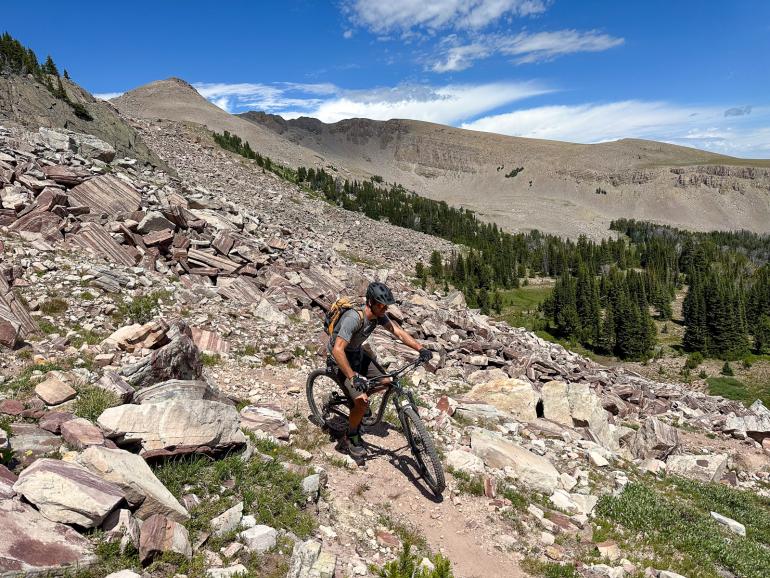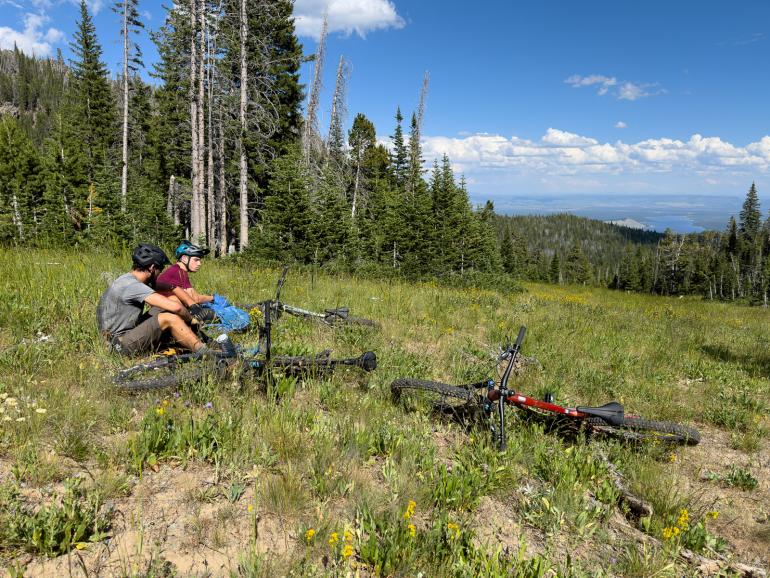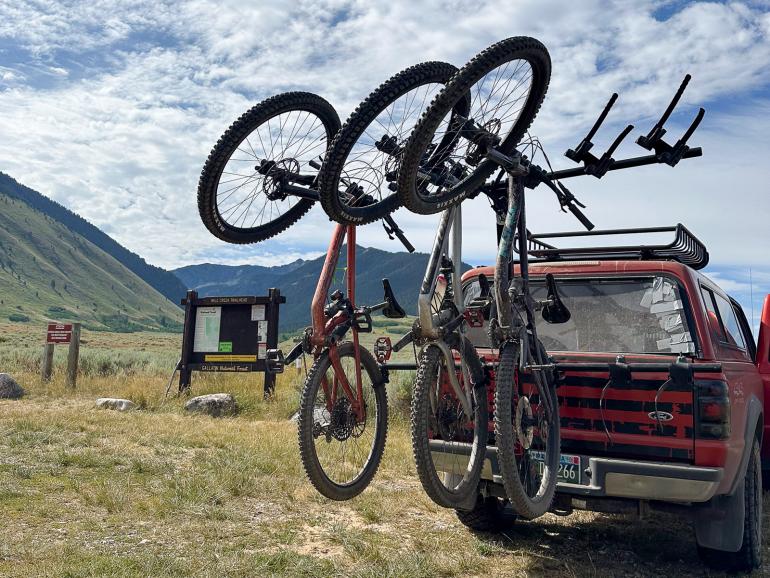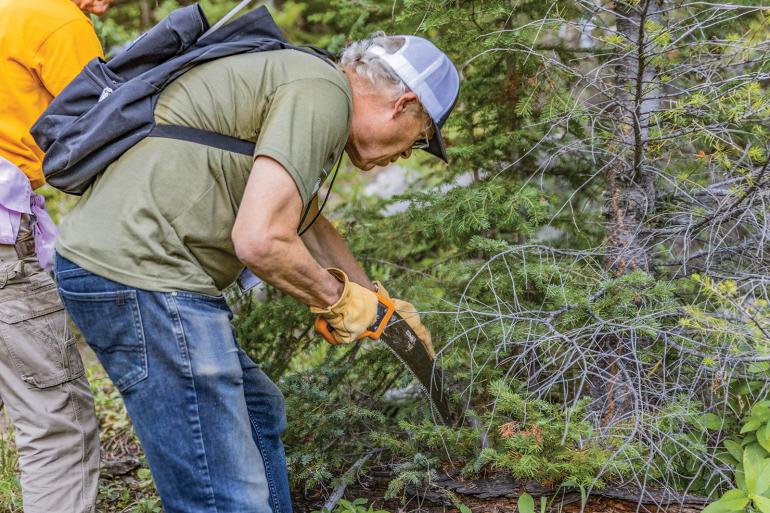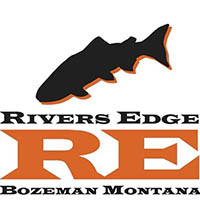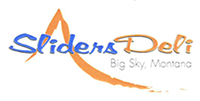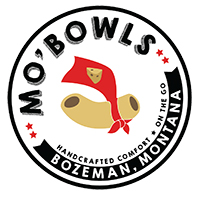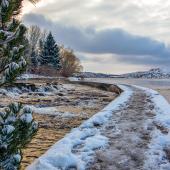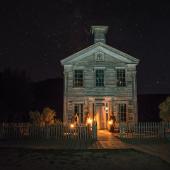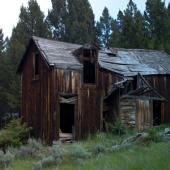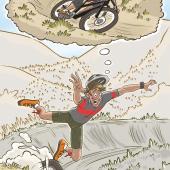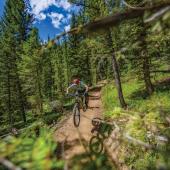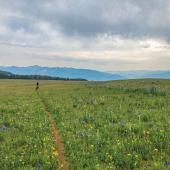Hell on Wheels
A Wyoming and Montana mountain-biking road trip—from the perspective of two riders.
We’re dog tired, chugging unfiltered water from Watson Creek in big gulps. We pause between glugs to stomach bites of Town & Country sandwiches, but the mayo and mustard are slimy and steamy from hours in our packs. We leave them to the flies loitering overhead, waiting for fresh meat to strike on—a distraction, if you will. Then it’s back on our bikes for another 3,000 feet of climbing, all for what we’ve been told is “the best mountain-biking descent in all of Montana” waiting on the backside. It’s the last, seemingly Herculean push in our long weekend mountain-bike road-trip. But, first, let’s jump back to how this all started.
Eli: Jack and I share an office, which seems to be the source of many weekend ideas—some good, some bad. Recently, after hearing a coworker talk about “the best descent in all of Montana,” we couldn’t help but see what it was all about. The ride, however, was a couple-hour drive from town, so we decided to make a full weekend excursion of it: Friday, Mountain to Meadow Trail in Big Sky; Saturday, downhill at Grand Targhee in Wyoming; Sunday, cross-country at Lionhead in the Henry's Lake Mountains.
We only had one lingering logistical issue to work out: bikes. Our own steeds were trashed and in the shop from only a half-summer worth of hard riding. We were lamenting our situation when Christy Sports conveniently reached out and offered us rentals for the weekend. Jumping on the offer of shiny new full-suspension rigs, we loaded up the truck and hit the road. First stop: Big Sky.
Mountain to Meadow
Jack: We pull up to the Big Sky Resort base area and stroll over to the Christy Sports outfit on the mountain. Our bikes are lookin’ fresh and ready to rip—much cleaner than we anticipate returning them. We take a test drive around the parking lot, get the sizing and suspension dialed in, and before we know it, we’re off on a weekend of riding.
The Mountain to Meadow trail is a popular ride in Big Sky. There’s a free shuttle that runs all day from the Meadow up to the Mountain, and the trail runs downhill in the opposite direction (hence the name) with just a bit of climbing at the start.
Clearly built for downhill speed, the trail soon dives into a series of huge banked turns, poppy tabletops, and smooth, tacky dirt.
We saddle our bikes not five feet from the door of Christy Sports and ride up through Big Sky’s base area, weaving through a jumble of zip-liners and bike-park shredders. But before long, we’re climbing up a double-track road on our own. The trail soon turns to singletrack, and despite our proximity to the resort, the setting is quite serene. The Spanish Peaks come into view, and the evening is feeling tranquil.
But this isn’t your standard cross-country ride, as we soon find out. Clearly built for downhill speed, the trail soon dives into a series of huge banked turns, poppy tabletops, and smooth, tacky dirt. Each section seems more fun than the last. We’re roosting turns and catching air, and the new bikes don’t take much getting used to. In fact, we’re already starting to feel a bit envious of these top-of-the-line machines...
After slashing and burning through miles of flowy trail, we pull into Big Sky’s town center just in time to catch the next bike shuttle back up to the resort (the shuttles run every hour). It’s a short drive; not more than 15 minutes. We joke about taking another lap, as the last shuttle isn’t until 7pm. But with big plans for the weekend, it’s best not to blow our wad too soon. So we load up the bikes on my car and head south, across the state line.
Downhill Dirt
Eli: I peer over the edge, into the void. It’s the kind of ledge you could drop a rock off and have time to count to five before it hits the ground. That’s what it feels like, anyway.
We’re on leg two of the weekend journey, at the Grand Targhee Resort Bike Park outside of Driggs, Idaho. I’ve never ridden a downhill area before, but am all too aware of the risks. As such, I’m decked out with a full-face helmet, knee pads, and elbow pads. Yeah, bring it on, I naively think.
The resort itself has a relaxed, local feel. There’s a tent-camping area right next to the parking lot (a far cry from Big Sky’s ubiquitous “No Camping” signs), a nice green lawn, and a patio to hang out on just a stone's throw from the lift. It’s a good change of pace from the Bozeman madness.
“It’s easy,” he tells us. “When the trail takes a sharp left—the big drop is right there.”
Excited, but on edge, Jack and I rack our bikes on the chairlift and pick a nice, easy warm-up run. The first couple turns are bouncy, but the trail smooths out into banked, flowy singletrack. Everything is great until we hit the first rock garden of the day. Without warning, my back tire blows out. I stop to inspect the damage and hear a hisssss coming from the front as well. Damn—double flat. I walk my bike 100 yards down the slope to a four-wheeler service road, and call bike patrol on my cell phone. Five minutes later, a young guy in a side-by-side screeches to a halt beside me. We throw my bike on his rack, and head down the mountain.
I ask the patroller if he sees cooler injuries in the winter or the summer. “Summer,” he instantly tells me, “You get all sorts of wild stuff in bike crashes. Yesterday some guy lacerated his liver. Skiing is just a bunch of knee injuries.”
We chat for the couple minutes on the ride. I get the local scoop on the best bars in Driggs, and we find some common connections to mutual friends in Bozeman before he drops me off at the bike shop at the base of the mountain. A couple new tubes, and I’m back at it.
I detour the feature on an easy line, and set up below. Jack cinches his helmet then takes off onto a huge jump track.
On the next chair, a middle-aged guy convinces Jack and I to ride a run called Buffalo Drop. “It’s easy,” he tells us. “When the trail takes a sharp left—the big drop is right there.”
Feeling confident off my half-run warmup, I say “Sure, why not.”
And that’s how I arrived at Buffalo Drop, peering off a precipice high enough to kill a large bovid, wondering why anyone in his right mind would ride off it on a bicycle.
“Will you film me?” Jack asks from behind. Oh dear God, here we go, I think. I check that my phone has cell service, so I can call my bike-patrol buddy to pull Jack’s femur from his rectum, if need be.
I detour the feature on an easy line, and set up below. Jack cinches his helmet, gets some speed, and nails the drop. Then he takes off onto a huge jump line, and I scramble to keep up. In the process I incur the only injury of the day—a pedal to the shin, which leaves me bloody, but looking pretty badass when I roll up to the base area. We run into the same guy as before. “Yeah, we sent Buffalo Drop,” I tell him. He glances at my oozing shin, and for a second I think he believes me.
Jack and I spend the remainder of the day exploring the remarkable variety of trails on the mountain. We top it all off with ice-cold beer in the parking lot, Tetons in the background, and not a cloud in the big Wyoming sky. This is the kind of place that warrants a return trip, we agree, before loading up and hitting the road to the Lionhead.
Backcountry Biking
Jack: “Lionhead is the coolest backcountry biking experience I’ve ever had,” touted Adam after returning from SWMMBA’s Lionhead Weekend last summer. “What the hell is backcountry biking?” I asked. “You’ve just gotta find out for yourself,” he replied.
So Eli and I call Adam down to meet us at the Sheep Creek Trailhead. When we arrive, Adam’s got his whole toolkit exploded in the dirt parking lot with his bike partially disassembled—his “essential” maintenance gives us plenty of time to contemplate just how daunting of a ride we’re about to take on.
“I’ve heard riding up to Sheep Lake is pretty sweet,” I say, a bit sheepishly. “But... I would be down for something bigger.”
“How long do you think it would take to ride all the way back to here, starting from Mile Creek?” asks Eli. “Probably five or six hours,” says Adam. “If it takes us any longer than that, we’re out of shape.”
I pull up to a creek crossing to find Adam and Eli chugging unfiltered water from their Nalgenes.
So we load up the bikes and drive the short shuttle over to Mile Creek Trailhead. My nerves are buzzing because I know this is going to be a grueling outing: 26-miles round-trip, with 6,500 feet of elevation gain. I hope my hip pack can hold enough water.
The first climb starts out gradual and, to our pleasant surprise, remains quite gradual throughout what feels like close to 100 switchbacks, taking us all the way from the dry valley floor, through lush wildflower meadows, into groves of whitebark pine, and finally up above treeline.
We stop to eat some sandwiches before a big descent. “That wasn’t so bad!” we all agree. “What a nice trail!” This theme, unfortunately, does not last the entire day.
We dive straight into a section of “trail” dubbed “Candyland,” for its smattering of red-and-white-striped sandstone boulders that look like giant peppermint candies. And wouldn’t you know, our route goes right through the boulder field. Trying to turn on a dime through rocky switchbacks, we grit our teeth and avoid thinking about how it would feel to tumble off the track. Fortunately, none of us find out.
Beyond Candyland, the trail resumes a tame character, rolling through grassy meadows and stands of forest before diving back below treeline on the lush dirt alongside Watson Creek. The descent just keeps going and going... and going... Hold on a second, this is going to be a long climb back out...
We push off giddily before all of a sudden, a harrowing switchback emerges on an open slope that feels steeper than most terrain I’d descend on skis—let alone a bike.
We cross Watson Creek near our trail junction and splash around to cool off. We’re all down to our last sips of water, and we joke about drinking straight out of the creek, untreated. Half-joke, anyway. (Pro tip: if you’re biking in Lionhead, be sure to bring an implement for water purification.)
The climb starts out steep and rocky—a far cry from the gentle switchbacks out of Mile Creek. Before long, the trail all but completely disappears among fields of thick sub-alpine grass and weeds that are utterly infested with black flies. Going at max effort, I can keep my pace fast enough to evade the flies. But we’ve still got a couple thousand feet of climbing ahead, and before long, I surrender to the pin-prick bites.
I pull up to a creek crossing to find Adam and Eli chugging water from their Nalgenes. It’s decided: we’re not finishing this ride without refilling on water. Hopefully there’s not a deer carcass or pile of bear scat just out of sight upstream. We try to put thoughts of dead deer and live bears out of mind.
Finally, after much cursing, sweating, and map-checking, our trail-less route emerges back above treeline, and we make one more stop to take in the alpine scenery. There are towering ramparts of rock on either side of the saddle, and we can see clear across Hebgen Lake to the southern Gallatin Range, and even as far as the Absarokas near Cody. The entirety of Yellowstone Park lies within view.
We’d taken this ride partly on recommendation from our two-wheel-enthusiast coworker Simon, who claimed the descent down Sheep Creek was one of the best in southwest Montana. So we push off giddily before all of a sudden, a harrowing switchback emerges on an open slope that feels steeper than most terrain I’d descend on skis—let alone a bike.
Then another sharp switchback; we don’t even try to ride ’em. We’ve come this far, we’re bone tired, and getting back to the car sans broken limbs or lacerations is the ultimate priority.
After descending the daunting switchbacks, however, we’re rewarded with smooth dirt through open meadows and the occasional rooted tree stand to spice things up. Despite that my arms feel like Jell-O and I barely have enough strength left to grip the brakes, I’m having a damn good time. As the valley comes into view, it almost feels like the ride is drawing to an end too soon—agh, who am I kidding! I’m ready to kick back and drink a beer.
We clock in at seven hours on the nose. Out of shape? Doubtful—more like a proper sandbag (touché, Simon). But all the more, a memorable adventure in the mountains.
Sitting on the tailgate, Adam sums it up well: “I definitely want to do that again... just not too soon.”
That’s about how I feel, too, and apparently Eli concurs, as he conks out not five minutes into our drive back to Bozeman.
Dirt Concern: A Note on Trail Maintenance
by Adam Brown
“If you build it, he will come.” —Field of Dreams
There’s been a lot of talk about the local bike scene here in southwest Montana lately: some from the Southwest Montana Mountain Bike Association (SWMMBA), which we are all fairly familiar with by now, and some from a lesser-known group called the Dirt Concern (TDC). And don’t forget about the recent slew of bike-related activity in Ennis and Big Sky as well. So what’s going on?
Long story short, SWMMBA has grown enough that, with support from the local community, it has formed different groups or chapters to address specific issues within different local regions. So, while SWMMBA still operates at the executive level, the Dirt Concern represents Bozeman and the 1,148 square miles surrounding it. There are also new Big Sky and Ennis chapters of SWMMBA that handle their respective regions.
So how can you get involved? “We’re a boots-on-the-ground organization,” says TDC Board Member Bree Whitehead. The best way to be a part of what’s happening is by donating; whether it’s financially, timewise—out on the trails with a shovel—or both. Thanks to the work of TDC and its supporters, there have been many successes since the organization’s birth. In 2023 bike season, there were nearly 30 trail-maintenance days within TDC’s territory, including the development of two new trails: one in Hyalite and one at Crosscut. Almost 100 volunteers chipped in to help. With more to come this year, keep your eyes peeled for ways to get involved.
EDITOR'S NOTE: Even if you don't get involved with organized trail work, there are a few things you can do when biking on your own. Here are a couple of basic “dos & don’ts” when touching up a section of trail, DIY style.
DO: Carry a hand saw and/or trimmers to clear downed trees and brush encroaching onto trails.
DON’T: Cut down living trees or build bike-specific features on any trail: berms, jumps, skinnies, etc.
DO: Log your hours with SWMMBA. It helps them when applying for grants that fund trail improvements or purchasing new tools.
DON’T: Create your own trail-work parties. SWMMBA has volunteer agreements with the Forest Service to conduct large-scale projects.
DO: Be respectful of trail regulations, closures, reroutes, landowners, and other riders.
DON’T: Bombard others with your mountain-bike centric opinions. Most trails in our area are shared-use.
Wheelin' & Dealin': Big Sky Bike Trails
by the editors
Big Sky’s abundant bike trails make this happenin’ mountain town a nice spot to hang out for a day in the summer—or a whole weekend. The resort is famous for its gnarly downhill trails and bike park, but the surrounding hills are laced with lesser-known cross-country singletrack rides that cater to riders of all abilities. Here are a few of our favorites.
Easy – Hummocks
This mellow but root-laden loop is rideable right from Big Sky’s town center, and makes a great introduction for beginner bikers—or a quick jaunt for the more experienced. It gradually climbs about 150 feet over half a mile, then turns gently downhill with mellow turns and friendly switchbacks to hone those cornering skills. Views of the Spanish Peaks across town give this ride more of a mountainous feel than its easy access would suggest.
Moderate – Lodge & Madison Loops
Starting from the Big Sky Resort base area, the Lodge Loop takes an easy climb up and away from the ski slopes toward Moonlight Basin. For a bigger effort, hop on the Madison Village Connector Trail to tie in with Madison Loop, which starts with more climbing before dipping into a fun, flowy descent. Each loop on its own is three miles, and the connector trail is one mile.
Advanced – Mountain to Meadow
A Big Sky classic: this mostly-downhill ride is one of the town’s most popular, and deservedly so. Following a major rebuild before the summer of 2023, the trail now features even more flowy berms and floaty tabletops than before. The reward is earned after a 500-foot initial climb, but a free shuttle attends to most of the uphill effort—running hourly from town center to the trail’s start at Big Sky Resort.
Expert – Yellow Mule Loop
Starting from the Ousel Falls Trailhead, climb up 3,000 vertical feet of singletrack along First Yellow Mule Creek toward Buck Ridge, emerging from the lush forest into alpine meadows along the way (the trail is deeply rutted in spots, requiring you to either walk or ride your bike alongside it for large swaths). Then turn west along Buck Ridge Road briefly before dropping back down along Second Yellow Mule Creek for a fast, exciting, technical descent. Bring a map, as the last few miles of trail crisscross with a series of private roads and trails. Dip your legs in the cool creek below Ousel Falls on the way out to soothe those sore muscles.

